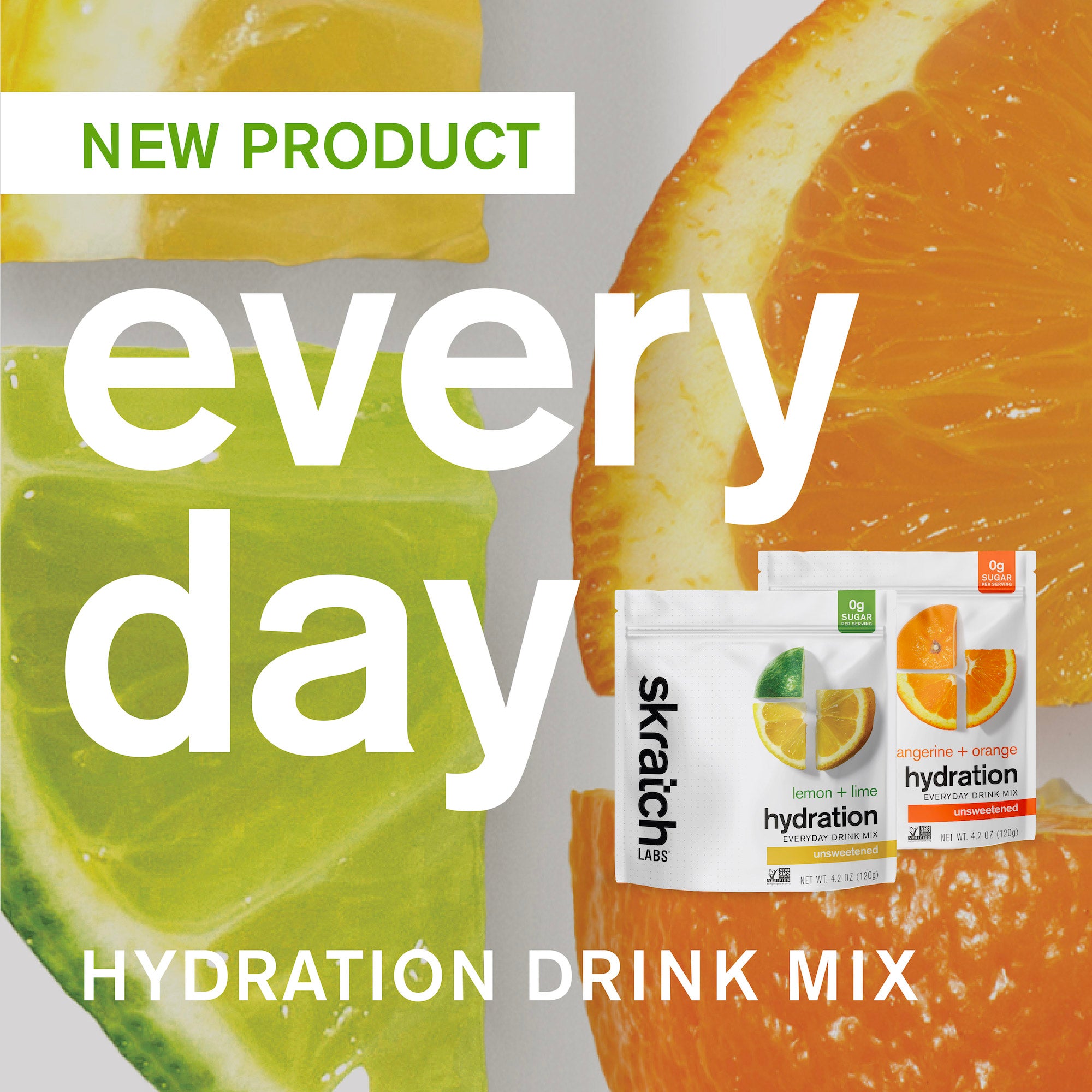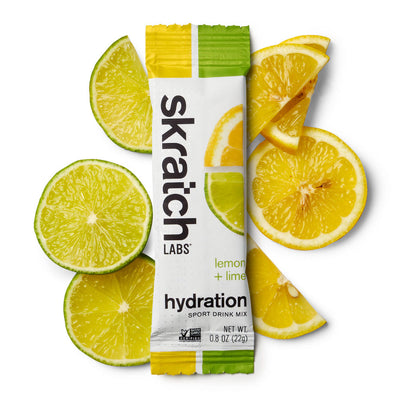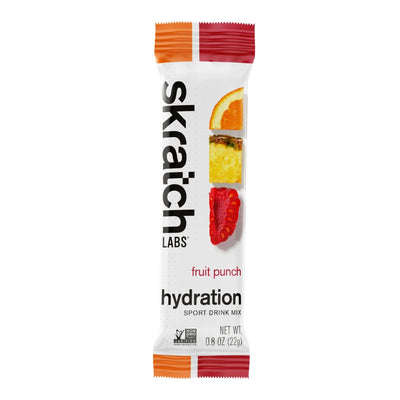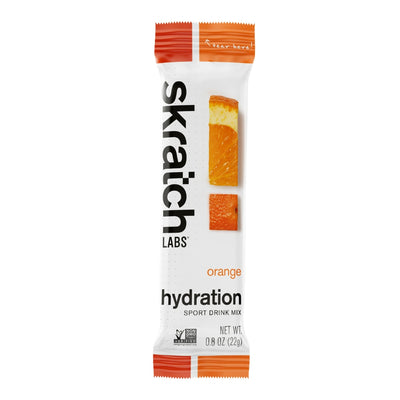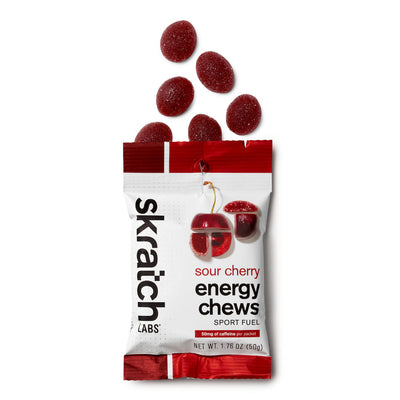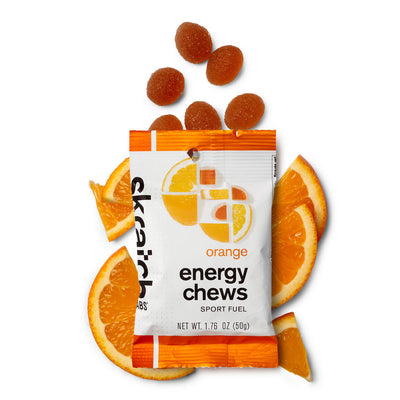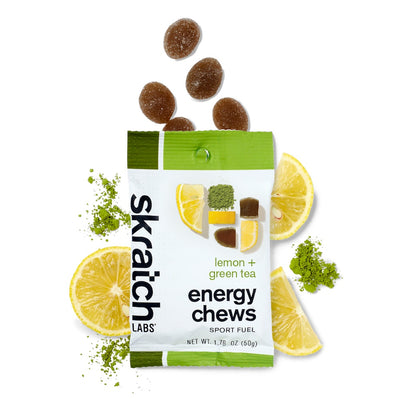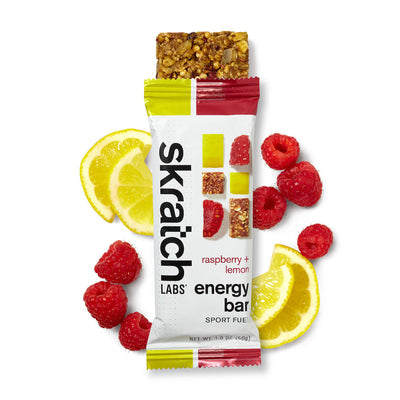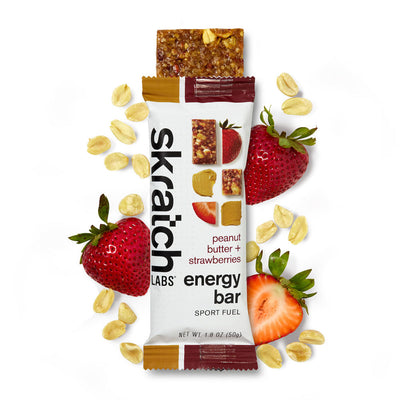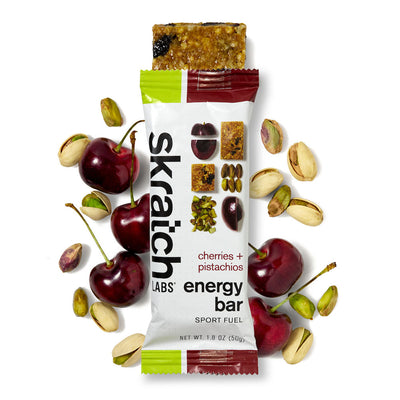Understanding Simple vs. Complex Carbs and How to Use Both
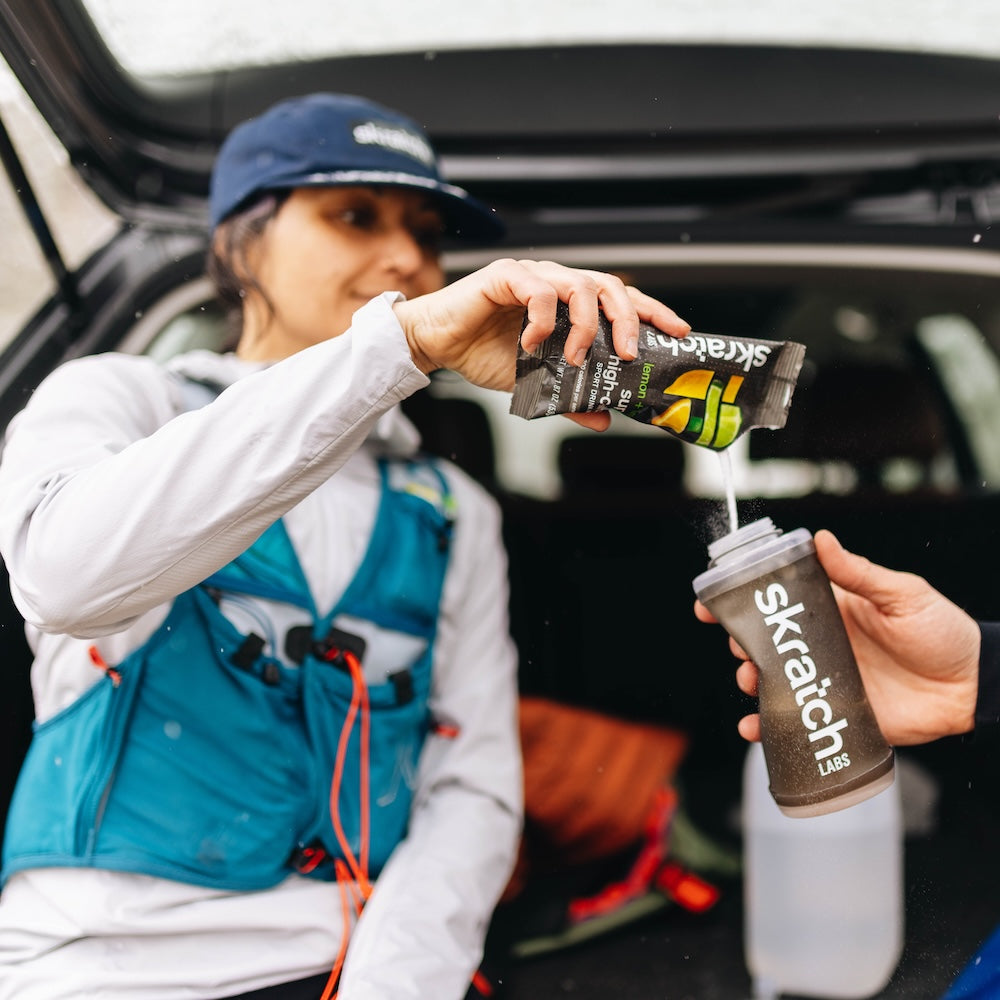
By: Uri Carlson + Sam Leyh
Determining your nutrition plan to support your desired training can sometimes be the most overwhelming feat. Understanding more about what your body needs and when can help you dial in your efforts and reach your end goals. With nutrition, there are no strict rules to follow and a lot of it does revolve around trial and error for what works best for you, and when. And you guessed it - it can (and will) change! However, there are foundational concepts that can guide you in determining what your fueling plan should include. Here, we’ll discuss a couple of different types of carbohydrates and how the body utilizes them in training efforts so you can start implementing what works best for you.
The Basics: What are Carbohydrates?
Carbohydrates are sugar molecules. Once digested, they enter your bloodstream, increase your blood sugar and your body utilizes that sugar for energy. Excess carbohydrate, or glucose, will be stored in the liver or muscles for future use as energy. This storage form of carbohydrate is what’s known as glycogen. Lastly, excess glucose will be converted to fat and stored in fat cells. While this last step sounds less than ideal, it’s actually a crucial adaptation to our human physiology that allowed our ancestors to survive.
Anywho, an important thing to know about carbs is that they are the brain’s primary source of fuel. This is why, after an extended period of time without eating, your body craves simple-to-digest, typically high-sugar-content food items. This is also why a key dietary habit is maintaining a consistent meal routine to help keep blood glucose levels stable (and your mood). A common symptom of underfueling (or under-recovery due to underfueling) is craving sugar. This is due to a variety of physiological reasons, one important one being the body simply isn’t receiving an adequate amount of carbohydrate throughout the day or around training. The body is trying to tell us what it needs, we only need to tune in.
Another important understanding of carbohydrates is that when consumed alone, they don’t keep you as satiated for longer periods of time compared to protein and/or fat.m. Rather, they digest quickly to provide your body with the energy it needs. This is what makes it such a crucial fueling nutrient. Some carbohydrates are digested more slowly due to their complex structure and fiber content, and these are known as complex carbohydrates. The main difference between simple and complex carbohydrates is the number of molecules that comprise them. Simple carbohydrates are easy to digest, causing a rapid rise in blood glucose and useable energy whereas complex carbohydrates take slightly longer to break down, slowing the digestion process and having a more gradual effect on the increase in blood sugar.
Examples of simple sugars include candy, carbonated beverages, fruit juice, table sugar, and honey. Examples of complex carbohydrates include whole fruit, vegetables, whole grains like brown rice and oatmeal. If we take fruit in its natural state, it is a complex carbohydrate thanks to the fibrous content within it. However, when we juice this fruit and remove the fiber content it is now a simple carbohydrate that will be even quicker to digest and utilized by the body.
Skratch Rice Cake Recipes are comprised of wholesome grains making them complex carbohydrates. If they were made with just white rice and sugar, they’d be considered a simple carb and digested more quickly. Another example of a complex carb source of fuel is the Skratch Labs Energy Bar. Made of complex quinoa crisps and brown rice crisps, plus the addition of nut butter, makes them digest even more slowly, effectively providing longer-lasting energy. By combining fiber, protein and/or fat with a carbohydrate, it will take longer for the body to digest - therefore providing a more steady source of energy to the body. Both simple and complex carbohydrates have a key place in the active athlete’s diet.
When do you use simple carbs vs complex carbs to fuel your efforts?
Simple carbohydrates should be utilized when you need a quick burst of energy, to ‘top-up’ energy stores right before or during a training session or to refuel quickly - if for example, your next training session is within a few hours of finishing your last. The simpler the carb the quicker the energy reaches the muscle. Skratch energy chews, a whole food-based simple carbohydrate product are ideal to consume continuously during a higher effort activity to maintain blood glucose. The goal is to replenish some of the energy that your working muscles are burning. As training sessions and events begin to turn into long-duration efforts of more than ~2 hours, it’s best to incorporate more complex carbohydrates into the mix to promote a steady source of energy as well as provide small amounts of protein and fat to support satiety and muscle protein turnover (think PBJ or homemade rice cakes with small amounts of protein and fat, like Allen’s original recipe here). For these long-duration efforts, fueling is crucial. Without adequate fueling habits and energy replenishment during the event, you are a ticking time bomb until your storage form of carbohydrate runs out and you hit the ‘wall’ or bonk. Fueling products like Skratch Super High Carb Mix were formulated specifically for filling this difficult reality of maintaining adequate energy intake during long-duration events. Made with a complex, slower-to-digest molecule of carbohydrate it provides a steady release of energy over time (plus crucial electrolytes like sodium that you lose naturally in sweat).


a baked good from your favorite local bakery is a perfect simple carb - based fuel
a PBJ on whole grain bread is a great slower burning fuel to help with hunger prevention during longer efforts.
As always, the world of nutrition is very individualized. Some people can easily tolerate any type of carbohydrate, simple or complex, during their highest intensity efforts, even with all the fiber. Others get sick just thinking about consuming anything other than simple sugars. Just like you train your cardiovascular and muscular systems, you can train your gut to tolerate certain types of foods. Use the information here to understand why certain foods may or may not work for you and experiment from here. Always remember, you should be able to enjoy your fuel, on and off the bike!




